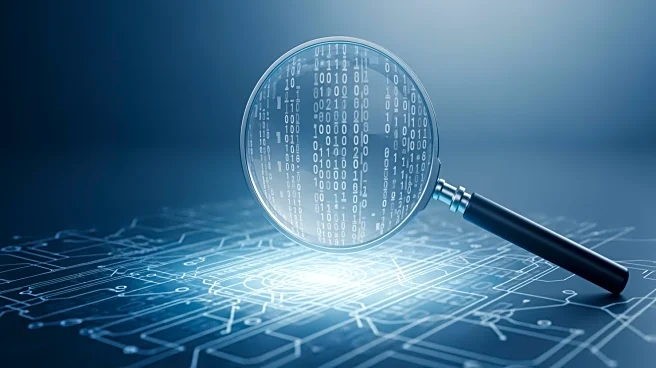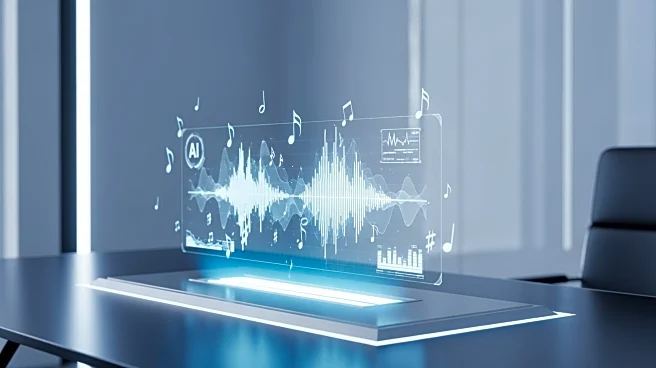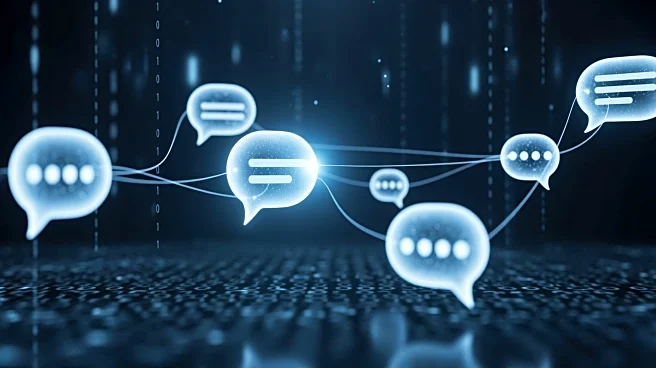What's Happening?
Wikipedia has created a comprehensive guide to help identify AI-written content, addressing the increasing difficulty in distinguishing human-written text from that generated by large language models.
The guide, part of Wikipedia's Project AI Cleanup, highlights specific linguistic patterns and phrases commonly found in AI-generated prose. These include generic terms like 'a pivotal moment' and 'a broader movement,' as well as vague marketing language often used to emphasize the importance of a subject. The guide aims to equip editors and the public with tools to recognize AI submissions, which have become more sophisticated and harder to detect.
Why It's Important?
The development of this guide is significant as it addresses the growing concern over the authenticity and quality of online content. As AI models become more advanced, the ability to distinguish between human and AI-generated text becomes crucial for maintaining the integrity of information sources like Wikipedia. This initiative could lead to broader awareness and understanding of AI's impact on content creation, potentially influencing public perception and trust in digital media. It also highlights the need for ongoing vigilance and adaptation in the face of rapidly evolving AI technologies.
What's Next?
The guide's release may prompt other platforms and organizations to develop similar tools to identify AI-generated content. As awareness grows, there could be increased scrutiny and regulation of AI's role in content creation. Wikipedia's efforts might inspire further research into AI detection methods, potentially leading to new standards for transparency and accountability in digital publishing. Stakeholders, including tech companies and content creators, may need to address ethical considerations and develop strategies to ensure the responsible use of AI in writing.
Beyond the Headlines
The guide's emphasis on linguistic patterns reveals deeper implications about AI's influence on language and communication. As AI models continue to shape content, there may be shifts in how language is used and perceived, potentially affecting cultural and educational norms. The initiative also raises questions about the future of authorship and originality in the digital age, challenging traditional notions of creativity and intellectual property.












